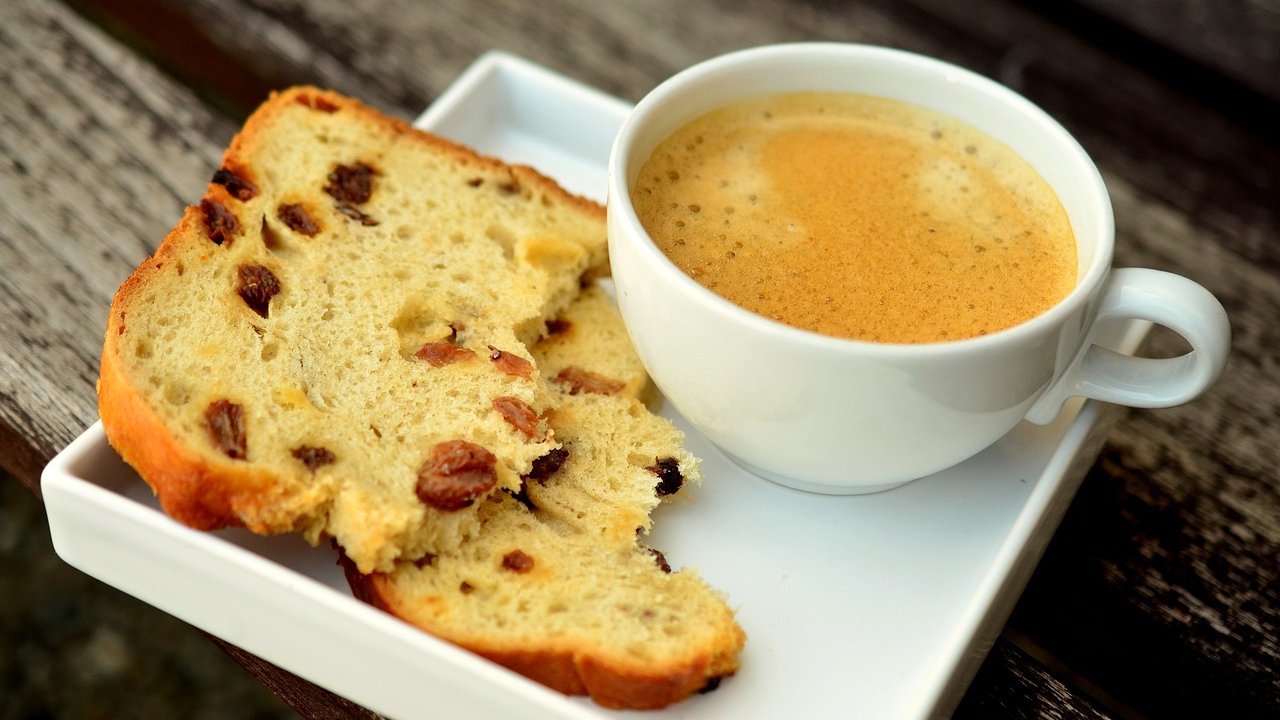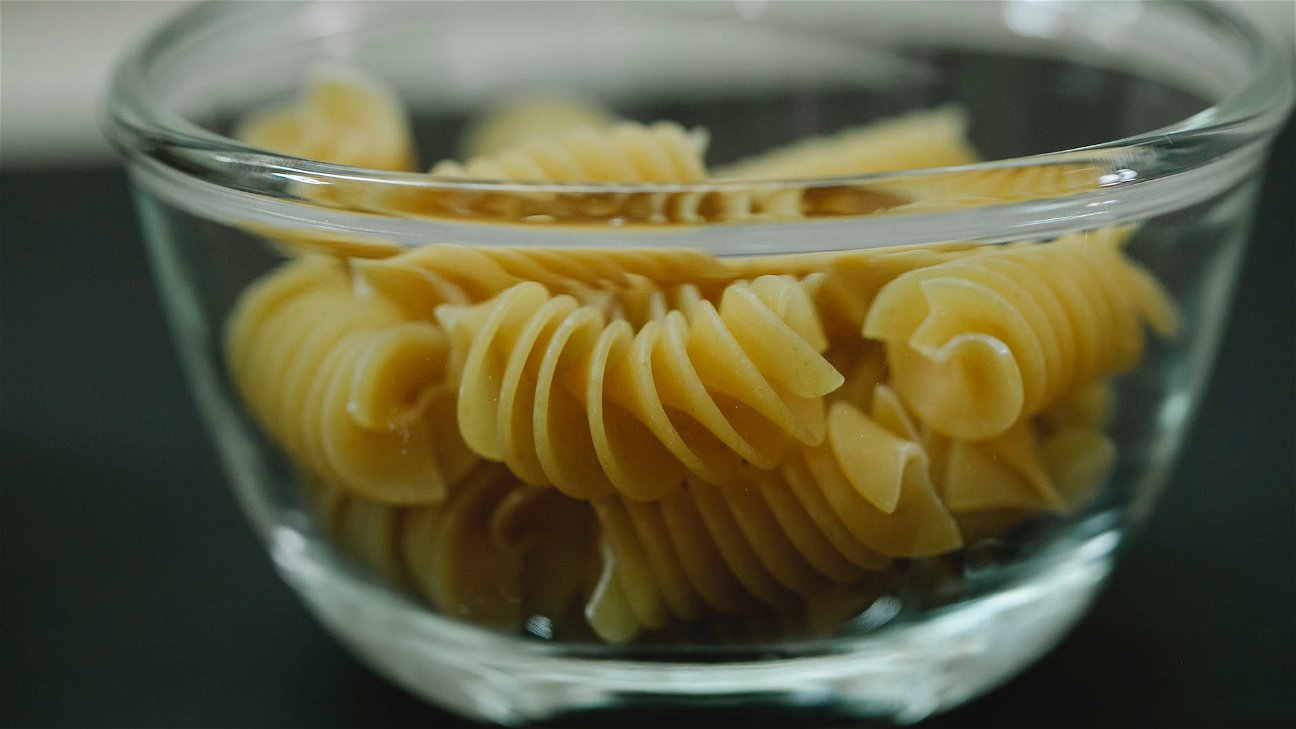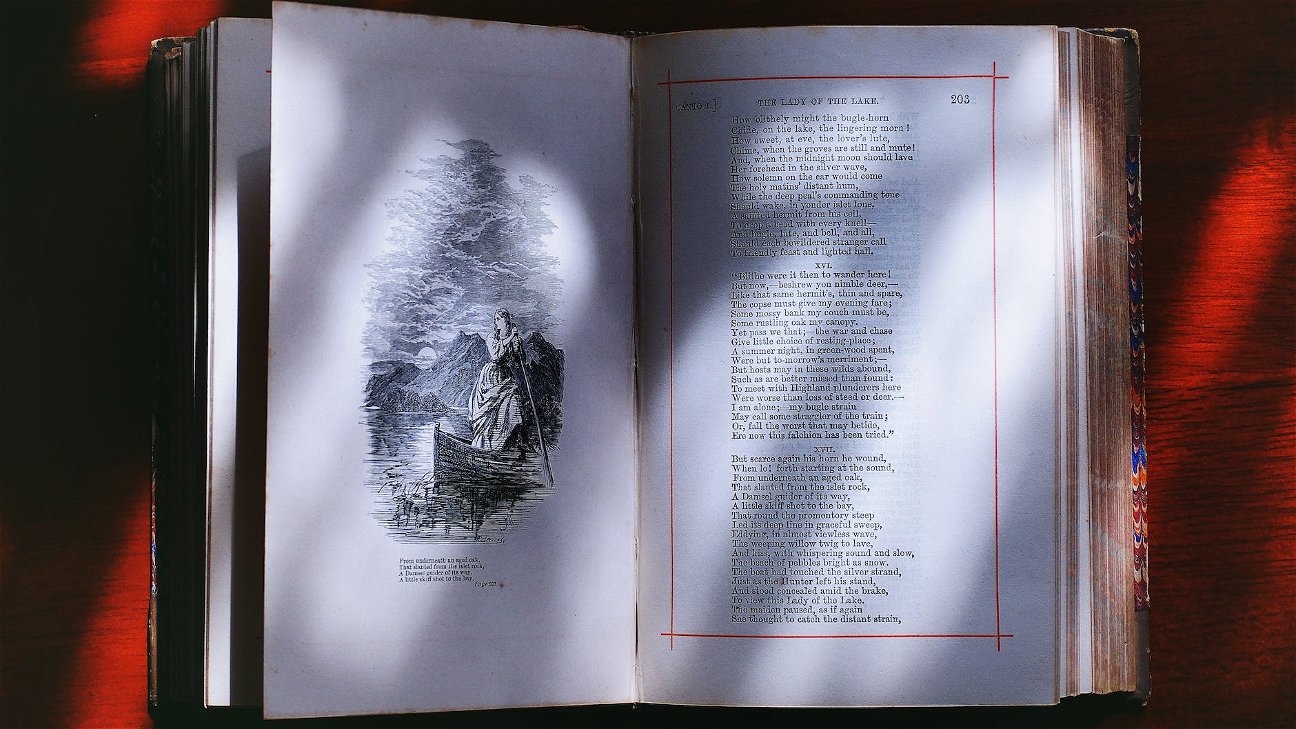
Bread, in its many forms, has been a staple food for humanity for thousands of years. From the ancient Egyptians to the Romans, and from the Middle Ages to the present day, bread has been a symbol of life, community, and comfort. In this article, we will explore the history of bread through 6 iconic loaves, each with its own unique story to tell.
1. Einkorn Bread: The Beginnings
One of the oldest known types of bread is Einkorn bread. Einkorn wheat, the grain from which this bread is made, was one of the first crops domesticated by humans around 7500 BC in the Fertile Crescent, the region that now includes modern-day Iraq, Syria, and Turkey. The grain was ground into flour, mixed with water, and then baked on hot stones to produce a flat, hard bread. This ancient method of bread making set the foundation for the evolution of bread.
2. Egyptian Bread: The Birth of Leavened Bread
The Egyptians are often credited with the invention of leavened bread around 3000 BC. They discovered that if the dough was left to stand, it would ferment due to wild yeasts in the air. This fermentation caused the dough to rise, resulting in a lighter and more palatable bread.
3. Roman Bread: Variety and Importance
In ancient Rome, bread took on a new level of importance. In fact, the government even distributed free bread to citizens in times of hardship, a practice that led to the famous phrase 'bread and circuses'. The Roman bread was varied, from the basic 'panis plebeius' (common bread) to more specialized types like 'panis militaris' (military bread) and 'panis senatorius' (senatorial bread).
4. Manchet: The Bread of Nobility
Moving on to the Middle Ages, Manchet was a type of white bread that was a luxury item reserved for the nobility. The name 'manchet' comes from the French word 'manchette', meaning 'little hand', which refers to the small size of the loaf.
5. Baguette: A French Icon
The baguette, the long, thin loaf of bread that is now synonymous with French cuisine, did not actually become popular until the 20th century. The exact origins of the baguette are obscure, but one popular theory is that it was developed for workers who needed a bread that could be easily carried and eaten on the go.
6. Sourdough: A Modern Favorite
Finally, we come to sourdough, a type of bread that has seen a resurgence in popularity in recent years. Sourdough is made by the fermentation of dough using naturally occurring lactobacilli and yeast. It has a distinctive tangy flavor, firm crust, and chewy texture.
Here's a quick recap of the different types of bread we've discussed:
Bread has evolved over the centuries, reflecting changes in agriculture, technology, and culture. Each loaf tells a story, a slice of history baked into its crust and crumb. So the next time you enjoy a slice of bread, take a moment to appreciate the journey it has taken from the ancient fields of the Fertile Crescent to your plate.











